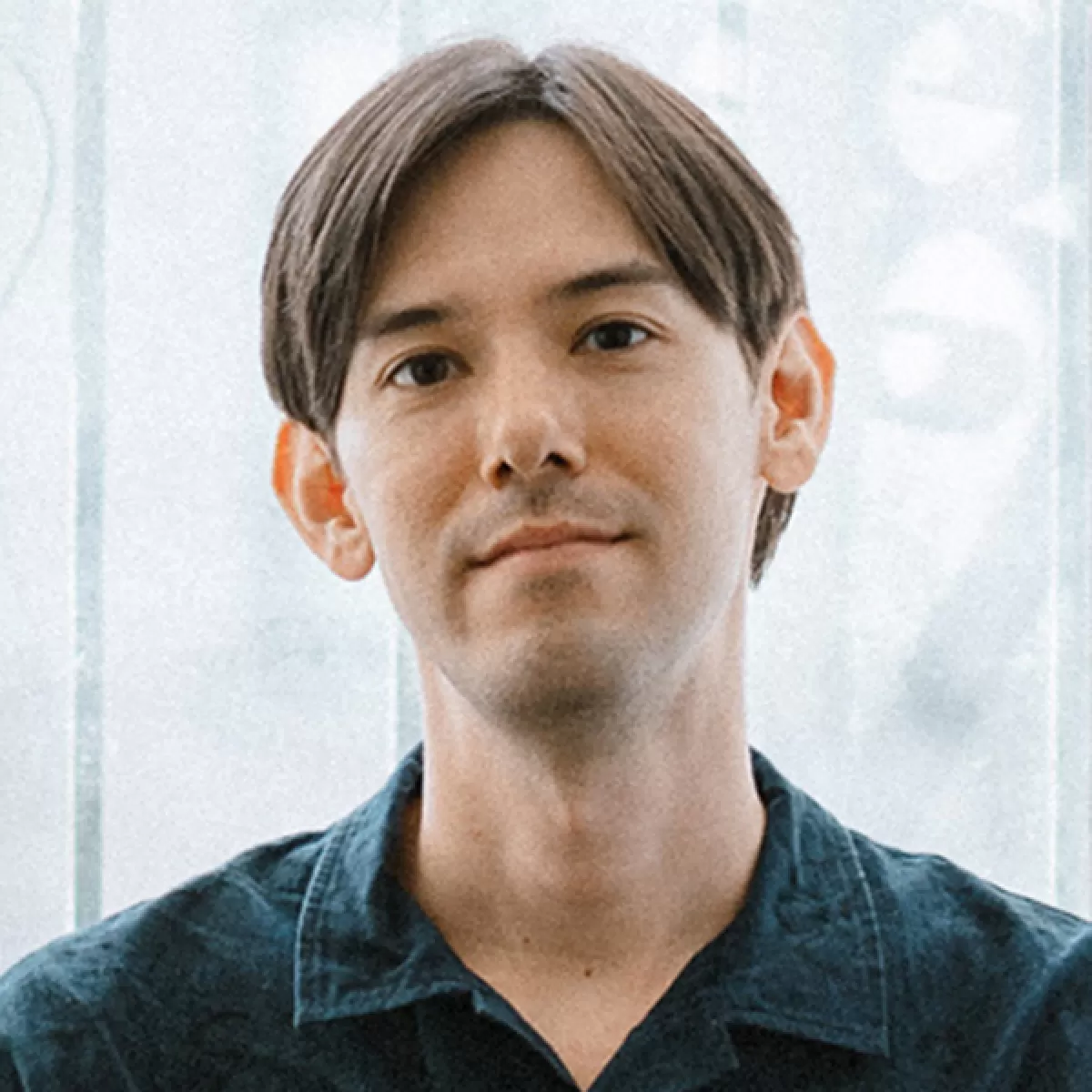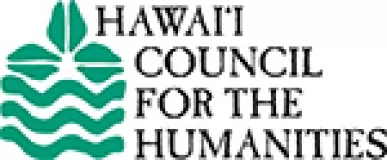
Sense of Place / Place of Sense
Jan 23, 2024 - Mar 16, 2024
This exhibition explores the multi-faceted meaning of community at a critical moment of change for Maui, looking at who we are in the present time and the promise we hold for the future. The gallery space offers built environments with activated themes of history, water, land, spirituality, and people.
Share
This exhibition explores the multi-faceted meaning of community at a critical moment of change for Maui, looking at who we are in the present time and the promise we hold for the future. The gallery space offers built environments with activated themes of history, water, land, spirituality, and people. Partnering organizations for components of the exhibition include University of Hawai‘i Center for Oral History, Maui Historical Society, and Lahaina Restoration Foundation.
The multi-faceted installation includes photography by Bob Bangerter, Masako Cordray, Ai Iwane, Brendan George Ko, Zach Pezzillo, and Matthew Thayer; video installation by Andy Behrle; prints by Abigail Romanchak; written ʻōlelo noʻeau by Pūlama Collier; mural painting by Cory Kamehanaokalā Holt Taum; and artwork by students from Pōmaikaʻi Elementary School and Baldwin High School. The experiences offered throughout the exhibition will tap into the potential for art to bring about awareness, dialogue, and connection, encouraging a deeper level of engagement with Maui and the people who have made this island home.
Panel Discussion
Saturday, March 16 from 2:00-3:30 pm
Morgado Hall
Join us for this special program to mark the conclusion of the Schaefer International Gallery exhibition Sense of Place / Place of Sense. Five panelists representing the project’s collaborating organizations will share insight into the development of the exhibition, as well as discuss the role that gallery and museum spaces can play in showcasing local histories and engaging the community. FREE to the public.
Panelists:

Jonathan Yukio Clark
Director, Schaefer International Gallery, Maui Arts & Cultural Center
Clark was born and raised on the island of Maui and has been a member of the MACC’s Gallery Team since 2019. He is the curator of Sense of Place / Place of Sense and, as Director, oversees the Schaefer International Gallery’s exhibits programs, which range from local to international in scope. He serves on the board of Hawai‘i Museums Association as Vice President.
 Mary Kunmi Yu Danico
Mary Kunmi Yu DanicoDirector, Center for Oral History, University of Hawai‘i at Mānoa
Born in Korea, Mary Kunmi Yu Danico has lived her life in California and Hawai‘i. After her graduate work, she was a professor of sociology, associate Dean, the endowed Chair for Michi and Walter Wegyn for Multicultural Studies, and the director of the Asian American Transnational Research Initiative at Cal Poly Pomona. Today, she is the Director for the Center for Oral History and Professor of Ethnic Studies at UH Mānoa. She is the author of The 1.5 Generation: Becoming Korean American in Hawaiʻi and co-author of Asian American Issues, among numerous other publications.
 Sissy Lake-Farm
Sissy Lake-FarmExecutive Director, Maui Historical Society / Hale Hō‘ike‘ike
In her role as Executive Director at Maui Historical Society, Lake-Farm leads the direction of the museum as a cultural and historical resource, as well as a gathering place for people of all ages to take part in edcaitonal workshops, presentations, concerts, and community events. She is a Hawaiian cultural practitioner and Kumu Hula who inherited her love for sharing Maui’s past, present, and future from her father, John Keola Lake, a renowned Hawaiian historian, Kumu Hula, and perpetuator of ʻōlelo Hawaiʻi.
 Kimberly Flook
Kimberly FlookDeputy Executive Director, Lahaina Restoration Foundation
Flook’s experience includes work at ten historic sites and museums over twenty-three years as a museum professional, including eight years as a museum educator, twelve years as an historic site director, and five years as a museum manager. In these roles, she has specialized in public programing and collections conservation projects. At Lahaina Restoration Foundation, she leads the team that cares for, processes, and digitizes LRF’s collections.
 Kalapana Kollars
Kalapana KollarsCultural Programs Specialist, Lahaina Restoration Foundation
Kollars has been devoted to Hawaiian life-ways and the study of local history for over 25 years. As a lifelong learner, he actively apprentices under notable Hawaiian leaders. For over a decade, he has led workshops and tours to share Hawaiian culture with residents and visitors alike, first with the Friends of Moku‘ula and then with Lahaina Restoration Foundation. He was also a cast member and musician for ‘Ulalena for 19 years.
Gallery hours: Tuesday - Saturday, 10am - 4pm / Free Admission / Exhibit also open before select Castle Theater shows & events
This exhibition is presented by Maui Arts & Cultural Center and funded by a grant from the Hawai‘i Council for the Humanities, through support from the National Endowment for the Humanities. Additional funding provided by County of Maui – Office of Economic Development.
Any views, findings, conclusions, or recommendations expressed in this exhibition do not necessarily represent those of the National Endowment for the Humanities.This exhibition explores the multi-faceted meaning of community at a critical moment of change for Maui, looking at who we are in the present time and the promise we hold for the future. The gallery space offers built environments with activated themes of history, water, land, spirituality, and people. Partnering organizations for components of the exhibition include University of Hawai‘i Center for Oral History, Maui Historical Society, and Lahaina Restoration Foundation.
The multi-faceted installation includes photography by Bob Bangerter, Masako Cordray, Ai Iwane, Brendan George Ko, Zach Pezzillo, and Matthew Thayer; video installation by Andy Behrle; prints by Abigail Romanchak; written ʻōlelo noʻeau by Pūlama Collier; mural painting by Cory Kamehanaokalā Holt Taum; and artwork by students from Pōmaikaʻi Elementary School and Baldwin High School. The experiences offered throughout the exhibition will tap into the potential for art to bring about awareness, dialogue, and connection, encouraging a deeper level of engagement with Maui and the people who have made this island home.
Panel Discussion
Saturday, March 16 from 2:00-3:30 pm
Morgado Hall
Join us for this special program to mark the conclusion of the Schaefer International Gallery exhibition Sense of Place / Place of Sense. Five panelists representing the project’s collaborating organizations will share insight into the development of the exhibition, as well as discuss the role that gallery and museum spaces can play in showcasing local histories and engaging the community. FREE to the public.
Panelists:

Jonathan Yukio Clark
Director, Schaefer International Gallery, Maui Arts & Cultural Center
Clark was born and raised on the island of Maui and has been a member of the MACC’s Gallery Team since 2019. He is the curator of Sense of Place / Place of Sense and, as Director, oversees the Schaefer International Gallery’s exhibits programs, which range from local to international in scope. He serves on the board of Hawai‘i Museums Association as Vice President.
 Mary Kunmi Yu Danico
Mary Kunmi Yu DanicoDirector, Center for Oral History, University of Hawai‘i at Mānoa
Born in Korea, Mary Kunmi Yu Danico has lived her life in California and Hawai‘i. After her graduate work, she was a professor of sociology, associate Dean, the endowed Chair for Michi and Walter Wegyn for Multicultural Studies, and the director of the Asian American Transnational Research Initiative at Cal Poly Pomona. Today, she is the Director for the Center for Oral History and Professor of Ethnic Studies at UH Mānoa. She is the author of The 1.5 Generation: Becoming Korean American in Hawaiʻi and co-author of Asian American Issues, among numerous other publications.
 Sissy Lake-Farm
Sissy Lake-FarmExecutive Director, Maui Historical Society / Hale Hō‘ike‘ike
In her role as Executive Director at Maui Historical Society, Lake-Farm leads the direction of the museum as a cultural and historical resource, as well as a gathering place for people of all ages to take part in edcaitonal workshops, presentations, concerts, and community events. She is a Hawaiian cultural practitioner and Kumu Hula who inherited her love for sharing Maui’s past, present, and future from her father, John Keola Lake, a renowned Hawaiian historian, Kumu Hula, and perpetuator of ʻōlelo Hawaiʻi.
 Kimberly Flook
Kimberly FlookDeputy Executive Director, Lahaina Restoration Foundation
Flook’s experience includes work at ten historic sites and museums over twenty-three years as a museum professional, including eight years as a museum educator, twelve years as an historic site director, and five years as a museum manager. In these roles, she has specialized in public programing and collections conservation projects. At Lahaina Restoration Foundation, she leads the team that cares for, processes, and digitizes LRF’s collections.
 Kalapana Kollars
Kalapana KollarsCultural Programs Specialist, Lahaina Restoration Foundation
Kollars has been devoted to Hawaiian life-ways and the study of local history for over 25 years. As a lifelong learner, he actively apprentices under notable Hawaiian leaders. For over a decade, he has led workshops and tours to share Hawaiian culture with residents and visitors alike, first with the Friends of Moku‘ula and then with Lahaina Restoration Foundation. He was also a cast member and musician for ‘Ulalena for 19 years.
Gallery hours: Tuesday - Saturday, 10am - 4pm / Free Admission / Exhibit also open before select Castle Theater shows & events
This exhibition is presented by Maui Arts & Cultural Center and funded by a grant from the Hawai‘i Council for the Humanities, through support from the National Endowment for the Humanities. Additional funding provided by County of Maui – Office of Economic Development.
Any views, findings, conclusions, or recommendations expressed in this exhibition do not necessarily represent those of the National Endowment for the Humanities.Sponsors




